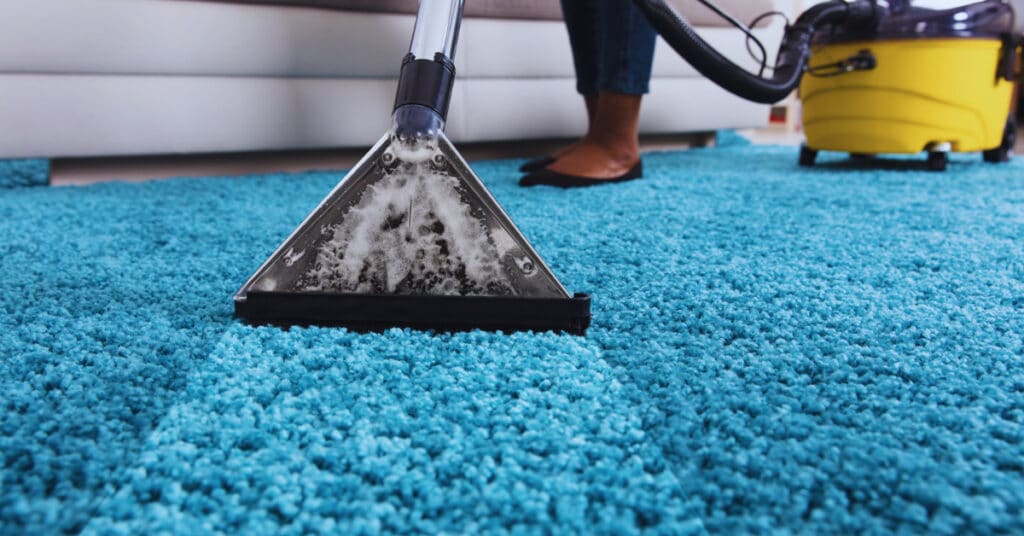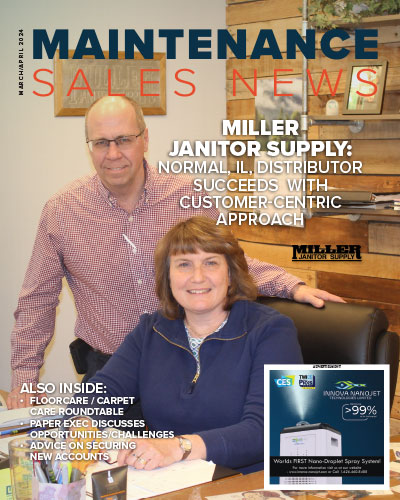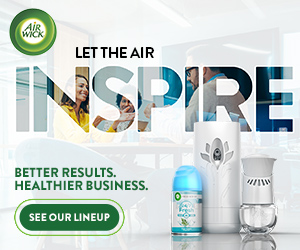DIY Tips for Cleaning Carpets Damaged By Water
Introduction
Water damage to carpets is a common problem caused by various factors, such as flooding, leaky roofs, burst pipes, or even spills from a bathtub. Not only can water damage be costly to repair, but it can also lead to mold growth and other health hazards. If you are dealing with water damage to your carpets, it is important to immediately prevent further damage and restore them to their original condition. Here are some DIY tips for cleaning carpets damaged by water.
Step 1: Assess the Damage
The first step in cleaning water-damaged carpets is to assess the damage. Check the carpet for any signs of mold, mildew, or other damage. If the water damage is minor, you can clean the carpet yourself. However, if the damage is severe or mold grows, it may be best to call a professional carpet cleaner.
Step 2: Remove the Water
The next step is to remove as much water as possible from the carpet. You can use a wet/dry vacuum or a carpet cleaner. Be sure to work in small sections and overlap each section to ensure that all the water is removed. If you don’t have a wet/dry vacuum or carpet cleaner, use towels or a mop to soak up the water.
Step 3: Dry the Carpet
Once you have removed as much water as possible, it is important to dry the carpet completely. You can use fans, dehumidifiers, or open windows to help with the drying process. Be sure to leave the fans and dehumidifiers on for at least 24 hours to ensure the carpet is completely dry. If the rug is still damp after 24 hours, you may need to repeat the process.
Step 4: Clean the Carpet
Once the carpet is completely dry, it is time to clean it. You can use a carpet cleaner or a mixture of water and vinegar to clean the carpet. Be sure to test the cleaner on a small, inconspicuous area before applying it to the entire carpet. Follow the manufacturer’s instructions for using the carpet cleaner or mix one cup of white vinegar with two cups of water and apply the mixture to the carpet. Use a brush to scrub the carpet and then rinse it with clean water.
Step 5: Disinfect the Carpet
After cleaning the carpet, it is important to disinfect it to prevent mold and mildew growth. You can use a disinfectant spray or a mixture of water and bleach to disinfect the carpet. Mix one cup of bleach with one gallon of water and apply the mixture to the carpet. Be sure to wear gloves and a mask when using bleach. Let the mixture sit for 15-20 minutes, and then rinse the carpet with clean water.
Step 6: Dry the Carpet Again
Once you have disinfected the carpet, it is important to dry it again. You can use fans or dehumidifiers to help with the drying process. Be sure to leave the fans and dehumidifiers on for at least 24 hours to ensure the carpet is completely dry.
Step 7: Vacuum the Carpet
Once the carpet is completely dry, it is important to vacuum it to remove any remaining dirt or debris. Use a vacuum cleaner with a HEPA filter to remove all the dirt and debris from the carpet.
Conclusion
Cleaning water-damaged carpets is a critical process that requires prompt attention and specific action. Water damage can not only ruin your carpets but also cause mold and mildew growth, which can lead to health hazards. Therefore, following the above steps is essential to ensure that your carpets are cleaned, disinfected, and dried properly. Cleaning water-damaged carpets can be a time-consuming and challenging process. However, with these DIY tips, you can restore your carpets to their original condition and prevent mold and mildew growth. If the damage is severe or you are uncomfortable cleaning the carpet, it is best to call a professional carpet cleaner.








